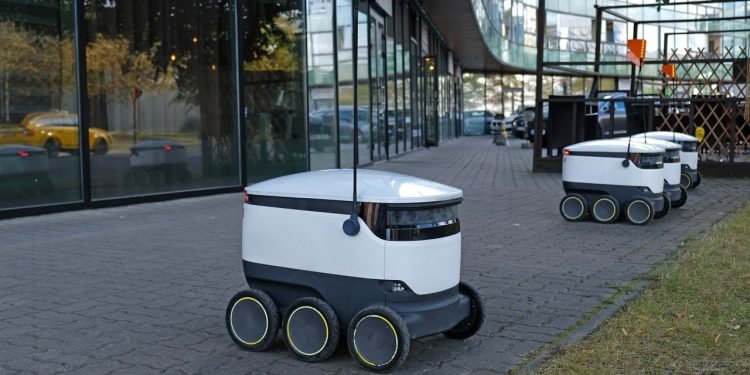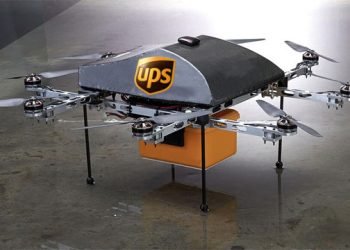By Eva Richardson – The Logistic News
Date: April 10, 2025
Urban delivery is entering a new age as the global market for robotic last-mile logistics is projected to surge, reaching $1.74 billion by 2032, according to recent industry forecasts. This evolution is driven by the rapid adoption of autonomous technologies, surging e-commerce demand, and the pressing need for sustainable, congestion-reducing logistics solutions in densely populated areas.
From compact sidewalk robots to fully autonomous delivery vans, the deployment of robotics is transforming how packages reach consumers’ doors. Startups and established logistics firms alike are investing heavily in this frontier to optimize efficiency, reduce costs, and meet the high-speed delivery expectations of modern consumers.
Urban Efficiency Meets Tech Disruption
Robotic last-mile solutions are proving particularly valuable in urban centers, where labor shortages, traffic congestion, and environmental concerns create delivery bottlenecks. These automated couriers can operate 24/7, navigate crowded areas, and run on electric power, offering a more sustainable alternative to traditional delivery vehicles.
“Automation isn’t just about speed—it’s about redefining the economics and environmental impact of urban delivery,” said Dr. Laura Chen, a logistics technology analyst at UrbanLogiTech. “Robotic solutions help reduce emissions, operational costs, and delivery delays.”
Key Players and Strategic Moves
Leading logistics firms including FedEx, Amazon, and DHL have launched pilot programs or scaled their robotic delivery fleets in select U.S. cities. Meanwhile, tech innovators like Starship Technologies and Nuro are rolling out fleets of semi-autonomous bots capable of navigating sidewalks, crosswalks, and dynamic urban environments.
The rise of AI-powered navigation systems, coupled with 5G connectivity, has enabled real-time route optimization and traffic prediction, making robotic delivery increasingly viable for widespread commercial use.
Challenges on the Road
Despite the excitement, hurdles remain. Regulatory frameworks vary widely across municipalities, and safety concerns persist about robotic navigation among pedestrians. Consumer acceptance is also mixed, with trust in unmanned deliveries still developing.
Moreover, while robots excel in low-weight, short-distance deliveries, their scalability and cost-effectiveness for broader logistical operations remain under scrutiny.
Looking Ahead
Still, the momentum is undeniable. Analysts predict that robotic delivery solutions will account for a growing share of last-mile fulfillment within the next decade. Investment in this space is expected to rise sharply, particularly in North America and Europe, where urban logistics is under immense pressure.
As cities aim for smarter, cleaner delivery ecosystems, robotic last-mile solutions could become a cornerstone of modern urban infrastructure.
“This isn’t science fiction anymore,” concluded Chen. “It’s logistics 4.0—and it’s already rolling through our streets.”























